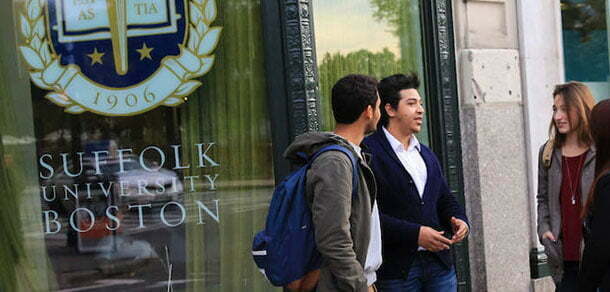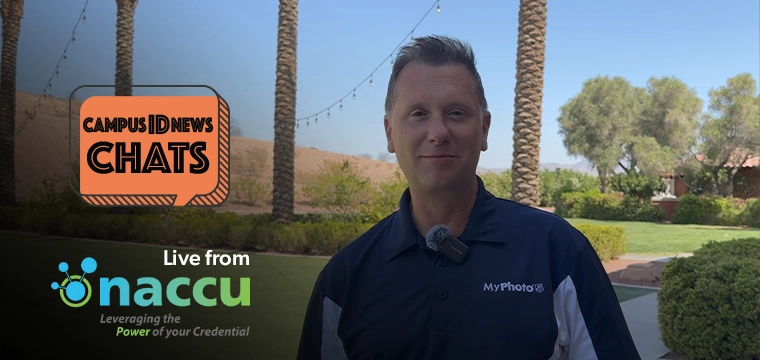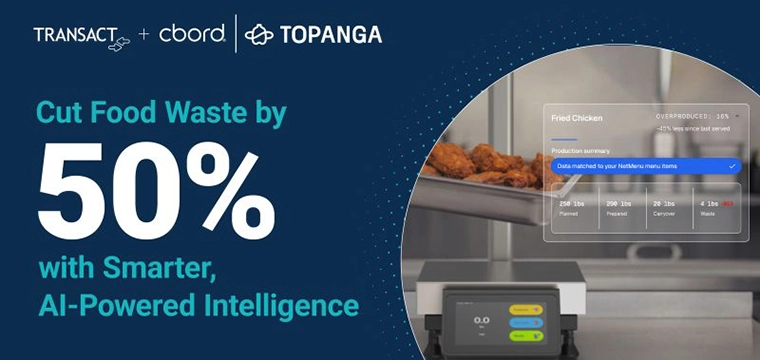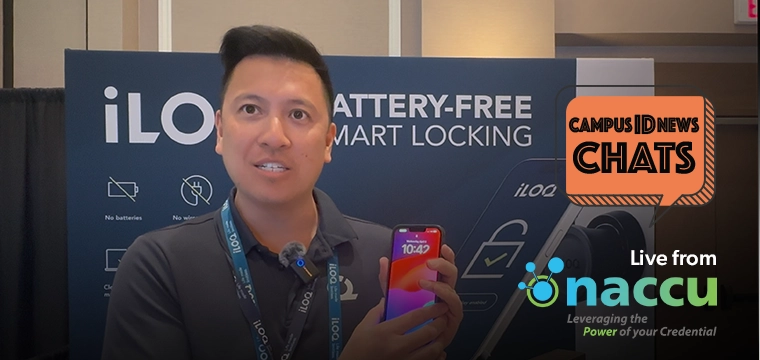Because our campus is located in the heart of downtown Boston, our students have many options and I have to compete with other part-time employment providers, including restaurants, retail, office work, private security firms, and more.
Another source of competition we face, is internal. Many on-campus departments are looking to fill student worker positions and we are all drawing from the same pool of applicants. Some years there are more positions than students willing to work.
So how do we compete for student workers? Since we cannot compete in the form of wages, we have to get creative. We came up with several employment features to enhance the work environment:
- Flexible hours. Many outside employers require students to work a minimum of a six-hour shift. We offer students the ability to work as little as two hours at a time, so long as they complete a minimum of 10 hours per week. We have students work before, after and in between scheduled classes.
- Cater work assignment to students’ areas of study. Students are looking for résumé building blocks, and we strive to provide our student employees with experience and knowledge relevant to their career path.
- Ability to work with friends.
- Kind and compassionate supervision, which allows students to experience college life to the fullest. Our vision is that school comes first and we readily grant time off when requested. The first year that we implemented this policy there was concern that students might abuse the privilege, but our experience has been remarkably positive.
On-the-job training
Hiring students is only half of the battle. Once they’re on staff, we need to train them.
Our training protocol is unique in the sense there is very little noticeable involvement of the full-time office staff. We provide very brief orientations and allow our senior employees to train our new recruits. This approach serves several purposes.
- It forces senior employees to review policies and procedures and provides for an automatic refresher.
- It allows our senior employees to experience elevated level of trust.
- It allows new recruits to see and experience the job as it is. We can give new recruits manuals and procedures but we could never recreate the actual experience in a classroom setting.
- It enhances the effectiveness of training. Research has shown that peer-to-peer training is much more effective than supervisor-supervisee classroom training.
The purpose of our training is not to merely provide information but to create a team-oriented culture within the office. We routinely tell our students that although the full-time staff is there to supervise, we are not there to boss them around. We constantly remind ourselves that we are leaders not bosses, and we remind our students that their perspectives and opinions are equal if not more important than our own.
Student workers are both service providers and customers, and the knowledge they bring is an asset not to be underutilized.
A professional relationship
As managers we tell our student workers that we do not expect them to respect us because we are managers. Rather, we ask them to give us a chance to earn their respect and we do everything in our power to earn it by practicing several “golden rules”:
- Spend time with students at their work place. We routinely spend 30 to 45 minutes each day with our students at their assigned work area. This gives us an opportunity to see what they see and experience what they experience. This is also a time where students can raise any concerns.
- Lead by example. If we ask students to wear a name tag during a particular event, then managers will wear one as well.
- Don't ask a student to do what you're not willing to do yourself. As with any office, there’s always unpopular, tedious or otherwise boring assignments that must be completed every semester. One example is creating our welcome packets – an assignment that entails stuffing promotional materials into yellow envelopes and applying labels. Repeating that 1,700 times gets boring fast. For one hour every day, every full-time member of the team sits down and does this alongside a student. Can this hour be spent doing something a little more productive – yes! But there is real value in spending this hour with the student doing the same task we ask of our students.
- Reward excellence. Since we’re not able to reward excellence through higher wages we created a step system of promotions. Every student who is hired to our team starts out as a work-study student with the possibility of promotion to a scholar position that provides an hourly work-study wage and substantial scholarship. We also reward students with progressively challenging projects including marketing, IT, and financial tasks.
As liaisons between our customers and full-time staff, our student workers serve a very important role. They have a front-line view of the ever-changing needs and how well those needs are met. If those needs are not met, our student workers can help us identify ways and channels to address problems in the most effective and efficient ways possible.
Our student workers are both service providers and customers at the same time and the knowledge they bring is an asset not to be underutilized. Creating an environment in which these talents can be unlocked and flourish does require some work on the manager’s part, but the return on this investment will pay dividends in the form of student satisfaction and success for many years to come.





